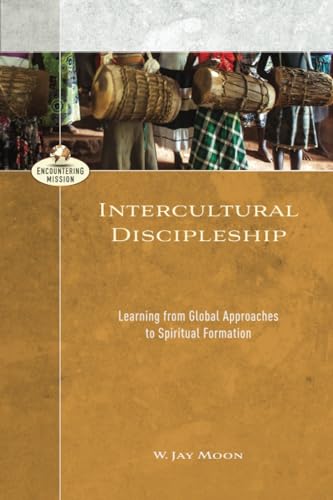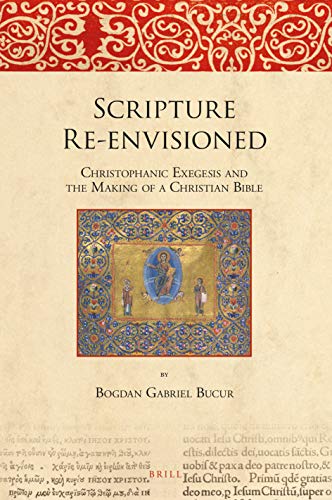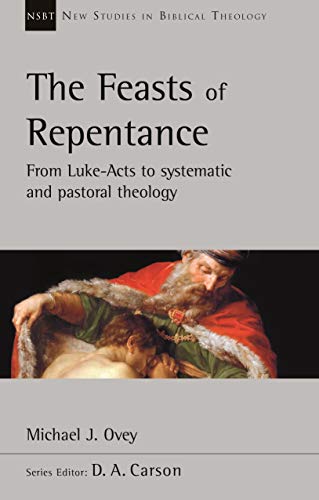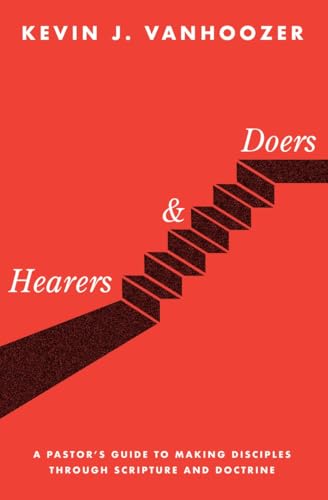Intercultural Discipleship: Learning from Global Approaches to Spiritual Formation
Written by W. Jay Moon Reviewed By E. D. BurnsIn Intercultural Discipleship: Learning from Global Approaches to Spiritual Formation, Jay Moon attempts a great challenge. He argues that disciple-making requires not more information but transformation of our worldviews. He endeavors to supply both theory and praxis to “on the ground—where we live” (p. xi). Moon even provides suggestions and activities at the end of each chapter to help apply the principles learned.
Writing for those missionary practitioners who seek to develop disciples in intercultural and multicultural contexts, he proposes that transformed lives of discipleship are first contingent upon a transformed worldview (p. 17). Moreover, Moon suggests that many do not make use of our God-given discipleship tools. Instead using “the entire toolbox” can bring transformation (p. xi).
Moon wants to help Christian disciple-makers avoid needlessly accommodating the target culture and beware of isolating their faith from the common cultural life altogether. Therefore, he builds firmly on Paul Hiebert’s theory of the “excluded middle,” expounding Hiebert’s theory as “the intimate questions and concerns that require unseen spirit power and guidance to effect change in this world” (p. 31). He agrees with Hiebert’s notion that disciples repent of sin and turn their allegiance to Christ, “moving toward Christ as the center for his or her life” (pp. 46–47). Accordingly, Moon defines intercultural discipleship as “the process of worldview transformation whereby Jesus followers center their lives on the kingdom of God (Matt 6:33) and obey Christ’s commands in culture (Matt 28:19–20), utilizing culturally available genres” (p. 53).
Using these principles for worldview transformation, he specifically applies them to disciple-making in oral cultures. Discussing the process of critical contextualization that endeavors to “to instill the cultural forms with Christian meaning in order to form a Christian worldview” (p. 131), he argues for holistic discipleship, which “transforms worldviews by integrating the words and deeds of Jesus in the development of the community such that both are crucial for Christian witness and discipleship” (p. 209). He provides a four-step process of critical contextualization that evaluates and utilizes the use of cultural symbols, rituals, stories, proverbs, music, dance, and drama for discipleship. This process includes a phenomenological study, an ontological critique, a critical evaluation, and missiological transformation. When followed well, as Moon argues, this process produces worldview transformation.
Avoiding a predictable programmatic approach, Moon’s approach is refreshingly relational and community oriented. He suggests, “Christian discipleship is a relational journey whereby learners obey the commands of Jesus, such that their worldview is transformed” (p. 66). Moon provides helpful examples from church history and other case studies to buttress his theoretical framework. However, though he highlights the benefits of critical contextualization and underscores the need to rightly interpret the target culture and Scripture within a hermeneutical community, he does not equally provide examples of those cultural elements that must be rejected in order to faithfully pledge allegiance to Christ and his kingship over fallen culture.
Moon’s approach is helpful and fresh, yet since he relies heavily on Paul Hiebert’s theories of the excluded middle, centered sets, and critical contextualization, his method is not without its pushback. The genius of Moon’s approach is that it seamlessly integrates Hiebert’s commonly adopted principles and thus makes it easy to adapt for contemporary Hiebert-influenced missiology. Alternatively, it is surely not groundbreaking. For some missiologists, Hiebert’s models are less than ideal to emulate.
Moon’s approach, at times, seems to pragmatize and dichotomize unreasonably. For example, to show their effects on discipleship, he starkly contrasts Western and Majority-World cultural norms. The challenge is that global cultures are no longer bound to geography (in the Majority World). Globalized culture now dominates what once was unique to the term “Western culture.” Yet, even though it might be helpful for research to categorize cultures as Western and Majority-World, is it fair to assume they are truly opposite and dissimilar? For instance, Moon oversimplifies the distinctions between values of privacy and community, individualism and collectivism, oral-based and print-based learners, guilt-based and shamed-based cultures.
Nevertheless, not all of Moon’s approaches reveal rigid dichotomies. He does indeed emphasize a both/and-approach to the material/immaterial, scientific/spiritual, and cognitive/emotive worldviews, to “listen to local theologies” and enhance the biblical interpretation and application process (p. 266). Moon pursues a holistic approach that carefully emphasizes the place of prayer and spiritual warfare. Putting into motion Hiebert’s critical contextualization, Moon effectively prescribes a way to contextualize discipleship across cultures.
Although some will disapprove of his applying critical contextualization, Moon demonstrates seasoned scholarship and thoughtful research. His book contributes solidly to the growing research in global missiology and spirituality. Moreover, he expounds missiological insights of intercultural discipleship for practitioners that are both reliably researched and practically accessible. Moon judiciously demonstrates that “the goal of intercultural discipleship is to transform the worldview of the disciple so that he or she stays centered on the kingdom of God” (p. 115). Jay Moon supplies missionary-practitioners and missiologists alike with a practical resource for investigating and implementing intercultural discipleship.
E. D. Burns
E. D. Burns
Western Seminary
Portland, Oregon, USA
Other Articles in this Issue
What are we to make of Cultural Marxism? This article seeks to answer that question, first, by outlining the key elements and legacy of classical Marxism; second, by exploring the neo-Marxism of Antonio Gramsci; third, by assessing the main ideas and impact of “the Frankfurt School”; and, fourth, by offering some reflections on (i) the links between these thinkers and various contemporary developments, (ii) the wisdom of employing the term Cultural Marxism, and (iii) how Christians should respond to the current “culture wars” that are polarizing the Western world.
The diverse essays in Stanley Rosenberg’s edited volume Finding Ourselves After Darwin: Conversations on the Image of God, Original Sin, and the Problem of Evil (Grand Rapids: Baker Academic, 2018) offer a Christian analysis of the human person in light of evolutionary thinking...
Do Formal Equivalent Translations Reflect a Higher View of Plenary, Verbal Inspiration?
by William D. MounceThe article begins by establishing five categories of translation theory and argues that functional translations like the NIV do in fact reflect the meaning of every Greek word, but not in the same way as formal equivalent translations do...







